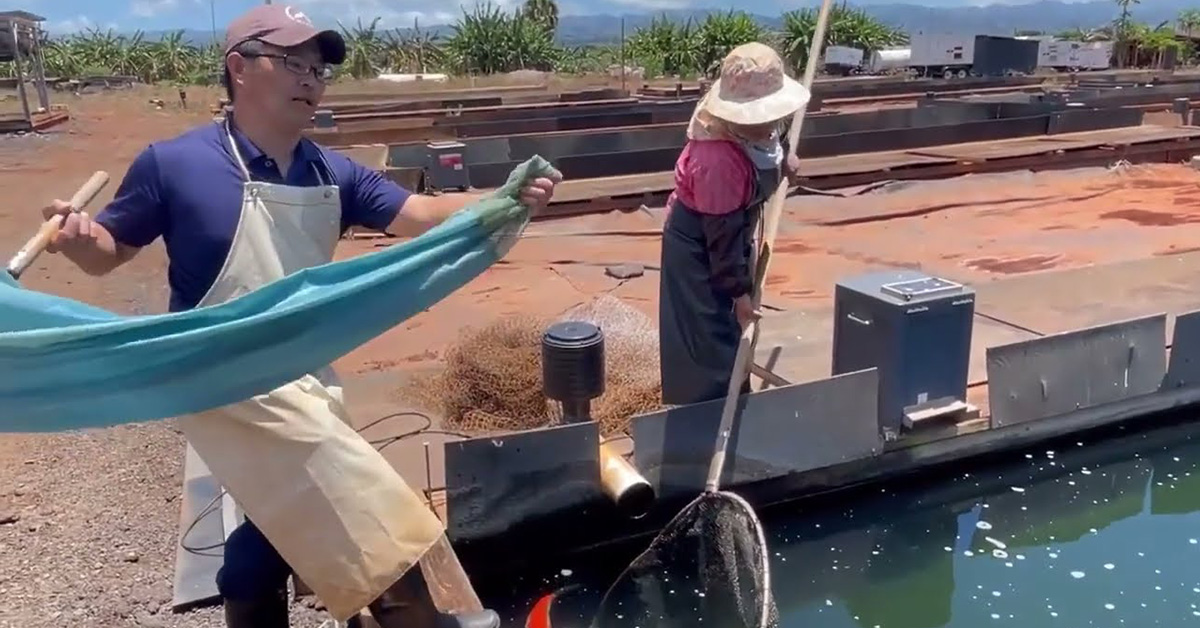
When catching fish, their well-being should be top priority. Koi fish are aware when they are being targeted, and they may become agitated and injure themselves while trying to escape from the net. Therefore, it is crucial to capture them safely and without causing harm. Finding the right koi net for catching your fish is important for their safety and for koi safe transport.
You may also consider reading our article “how can I safely transport my koi fish” to make a big difference in your Koi’s exhaustion and stress levels when bringing your koi to a show, moving them to a new pond, or any other time you have to relocate your pond fish.
The Importance of Using the Right Koi Net for Different Situations
Using the right koi net for various situations is of utmost importance.
It ensures the safety of the fish, allows for effective handling, prevents contamination, improves maintenance efficiency, protects pond equipment, and enables specialized handling in specific scenarios.
By choosing appropriate nets, koi enthusiasts can promote fish welfare, optimize maintenance tasks, and enhance their overall koi keeping experience.
Types of Nets for Koi Pond
There are several types of nets commonly used in pond maintenance and koi keeping. Each net serves a specific purpose and is designed to handle different tasks.
- Fish Nets
- Koi Sock Nets
- Culling Nets
- Leaf Nets
- Skimmer Nets
Read below to learn about the most important types of nets for koi ponds and their typical uses.
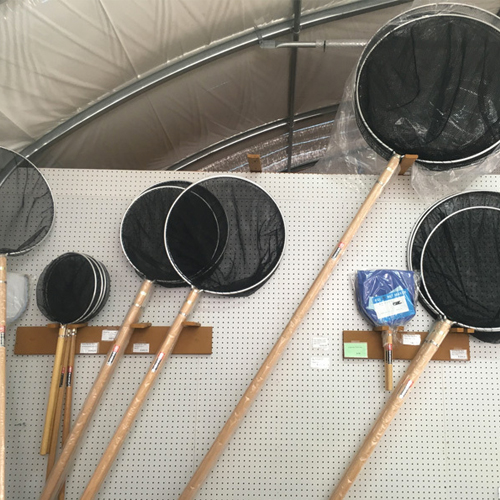
1. Fish Nets
Fish nets are deep, bag-shaped nets with larger mesh openings. They are designed specifically for catching and handling fish, including koi. Fish nets are commonly used during routine maintenance tasks, such as relocating or transferring koi, performing health checks, or removing fish for quarantine or treatment.
2. Koi Socks
Koi socks are specialized nets attached to a long handle or pole. They are used for capturing and temporarily holding koi during pond maintenance or transportation. Koi socks provide a safe and gentle way to handle koi without causing stress or injury.
3. Culling Nets
Culling nets are small-sized nets used for selectively removing or separating koi fish based on specific criteria, such as size, pattern, or quality. They are commonly employed in breeding programs or during koi competitions to select the best specimens.
4. Leaf Nets
Leaf nets, also known as pond or debris nets, have large, deep mesh pockets. They are used to cover the entire pond surface and prevent leaves, twigs, and larger debris from falling into the water. Leaf nets make it easier to remove and dispose of accumulated debris, reducing the load on the pond’s filtration system. Leaf nets are not to be used for catching koi.
5. Skimmer Nets
Skimmer nets are flat, shallow nets with fine mesh. They are primarily used to remove leaves, debris, and floating matter from the pond’s surface. Skimmer nets are effective in maintaining water clarity and preventing organic material from accumulating, but may not be suitable for catching koi.
How to Use a Ring Net or Pond Net for Catching Koi Fish
When it comes to catching Koi, using a suitable ring net is crucial. The depth, mesh size, and handle length should be chosen based on the size of the koi fish, and when dealing with larger koi, a deeper net works best. However, be mindful not to drop a large net abruptly near the pond, as Koi are sensitive to sounds and might get scared.
When catching Koi fish, try to minimize touching them with the net. Using the net parallel to the water reduces resistance caused by water pressure. Gently guide the koi by pressing with the net to direct them. When scooping them up, it can be challenging to catch koi directly in the center of the pond, so you can make good use of the pond walls to assist in capture.
Upon spotting a koi, avoid submerging the net into the water hastily. Instead, use the shadow of the net to move the koi slowly into the net for safety. KOI tend to move away from the shadow, allowing for a smoother capture. The most crucial point is to move the net slowly and steadily. Avoid sudden movements or loud actions that may startle the koi, and always handle the net with care.
By mastering these techniques, you can capture koi in a gentle manner, enhancing the joy of interacting with them in a comfortable environment and strengthening your bond with your koi through careful handling and considerate actions.
Pro Tips on How to Use a Sock Net or Blue Net for Catching Koi Fish
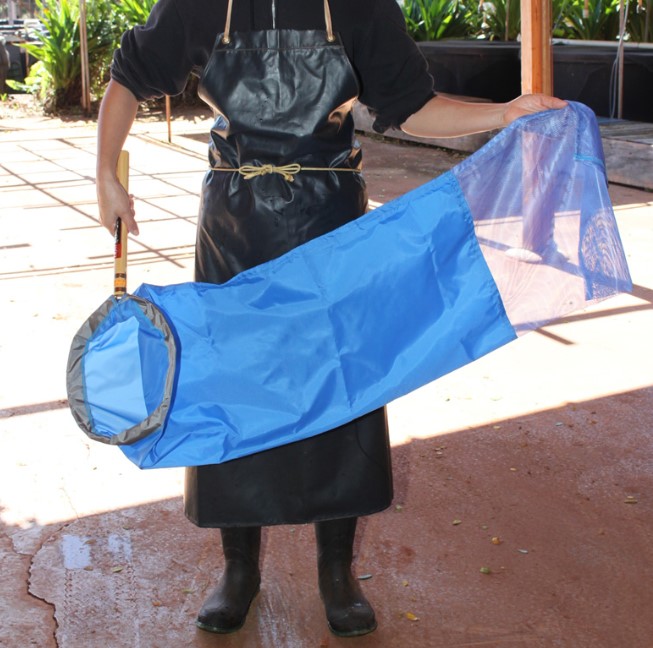
The proper use of a sock net, also known as a blue net, is essential for the well-being of your koi during handling. Follow these steps to ensure a stress-free experience for both you and your fish.
- Approach and Scoop: Hold the handle with your dominant hand and approach the koi from the head side. Gently scoop the koi fish, and when releasing it, do so from the same side of the net you scooped it from. Avoid releasing the koi from the opposite side of the net to prevent any potential injuries.
- Use Slow and Gentle Movements: Take it slow throughout the process. After the koi fish is inside the net, remove excess water from the opposite side of the net. Give the ring one full turn to stabilize it, ensuring that your left hand doesn’t slip while holding it. To get a better understanding of the technique, watching instructional videos is recommended.
- Ensure a Proper Grip: Instead of holding the handle, carry the net using the ring for improved control and maneuverability. Hold the ring upright for stability during transportation. If the koi appears restless inside the net, it may indicate that there’s not enough water. In such cases, add more water to provide a comfortable environment.
- Support the Koi Fish at all Sizes: When dealing with bigger koi, use your belly to support and stabilize them during transportation. This method helps maintain balance and reduces stress on the fish.
- Releasing the Koi: When it’s time to release the koi, avoid using the mesh side of the net. Instead, use the ring side to gently let the fish back into its environment.
By mastering these steps and being mindful of the koi’s well-being, you can make the handling process smoother and more enjoyable for both you and your koi fish.
Choosing the Correct Pond Net for Your Koi Fish
Remember to choose pond nets that are specifically designed for pond use and made of fish-friendly materials. It’s essential to handle nets with care to avoid injuring the fish or damaging their delicate fins and scales.
The following are the recommended koi nets and bowls for making sure you catch your koi in a safe manner.

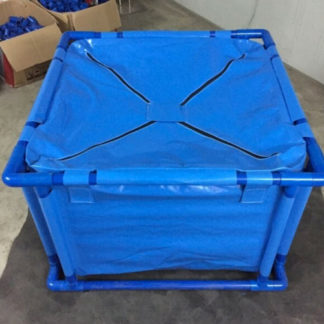
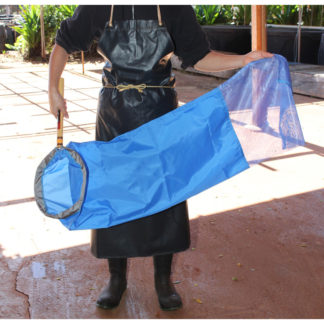
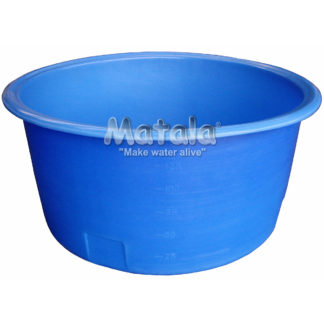
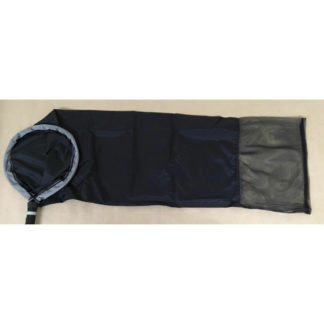
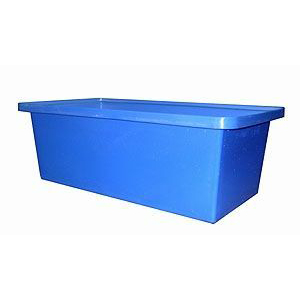
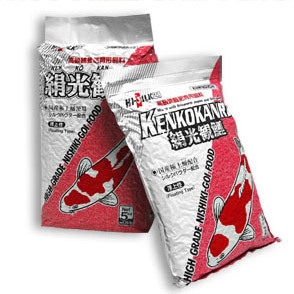
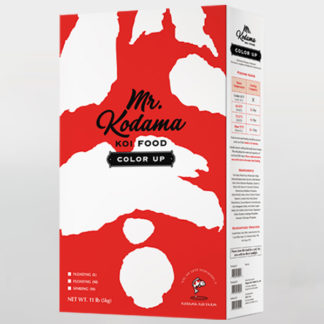

Hi,
I would like to request your permission to share & save information from your website, your post, blogs and videos to the private members only Facebook Group of Koi Club of San Diego.
Please let me know either way